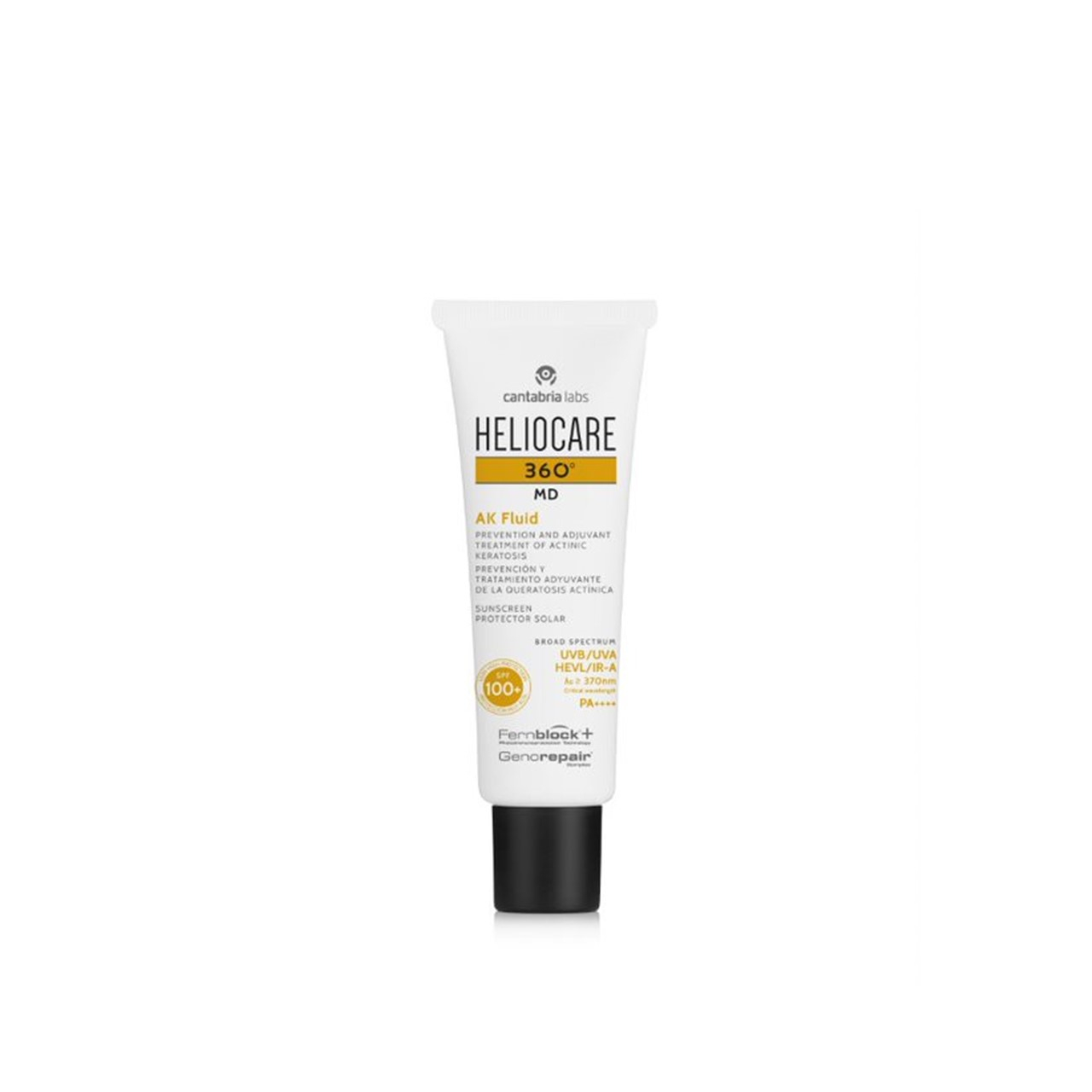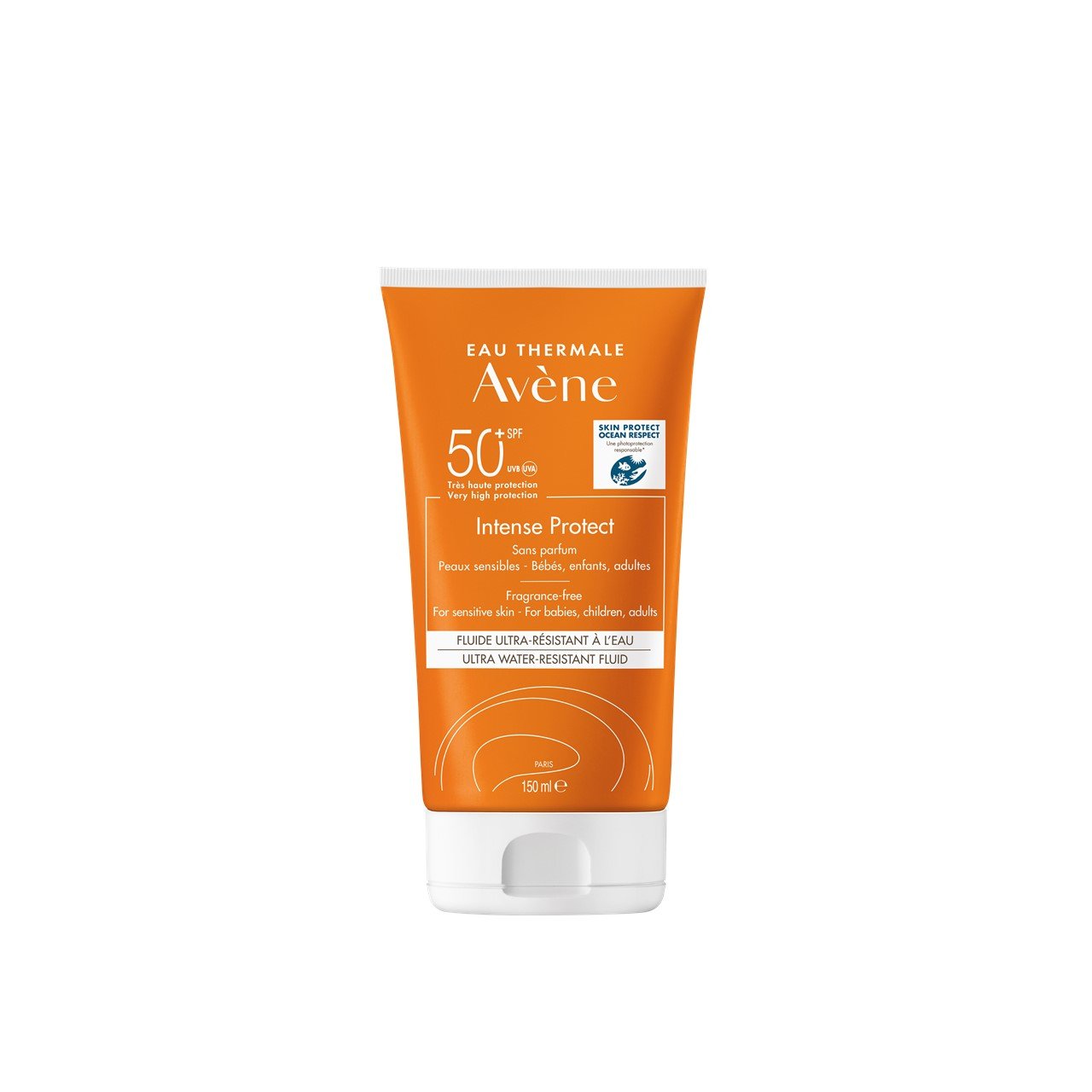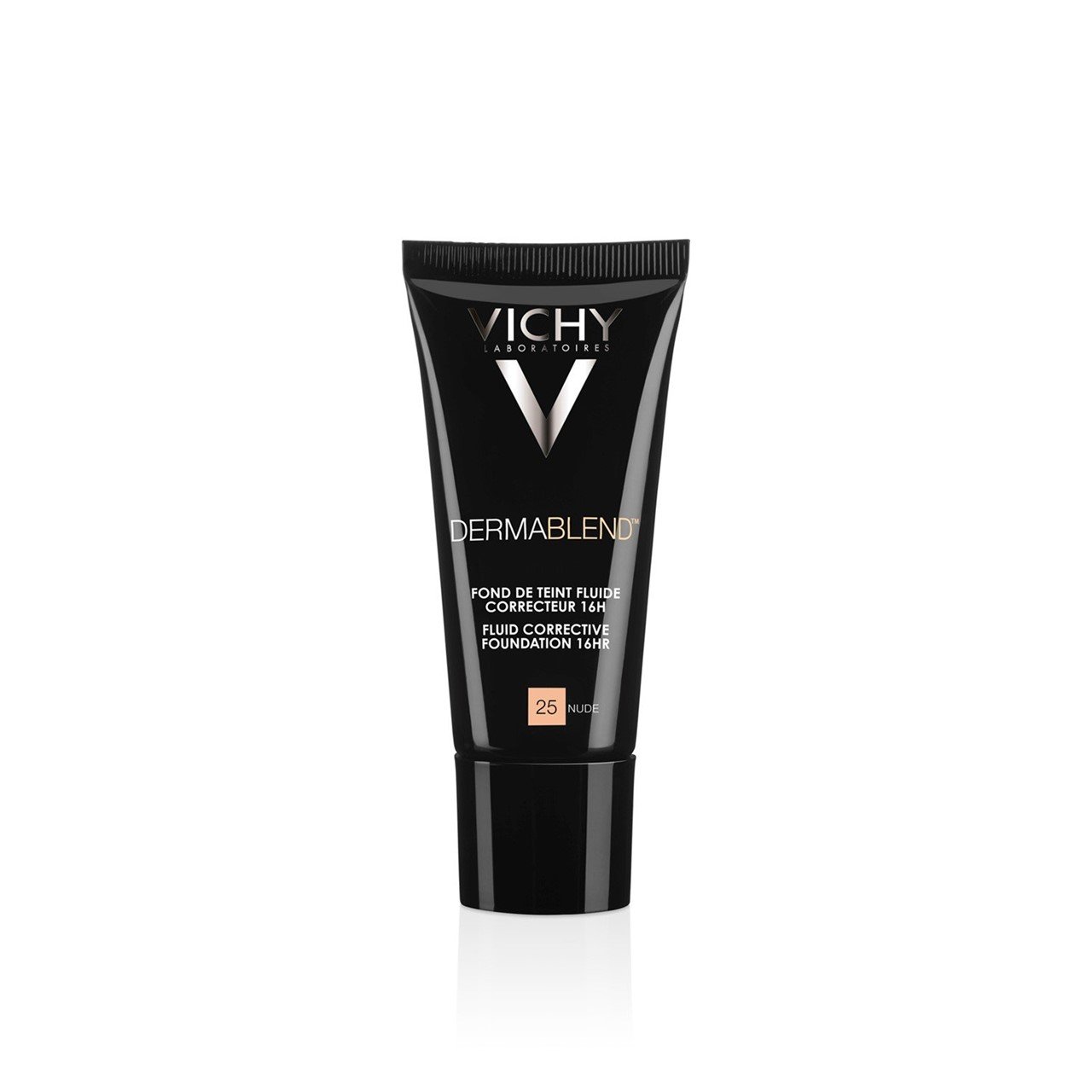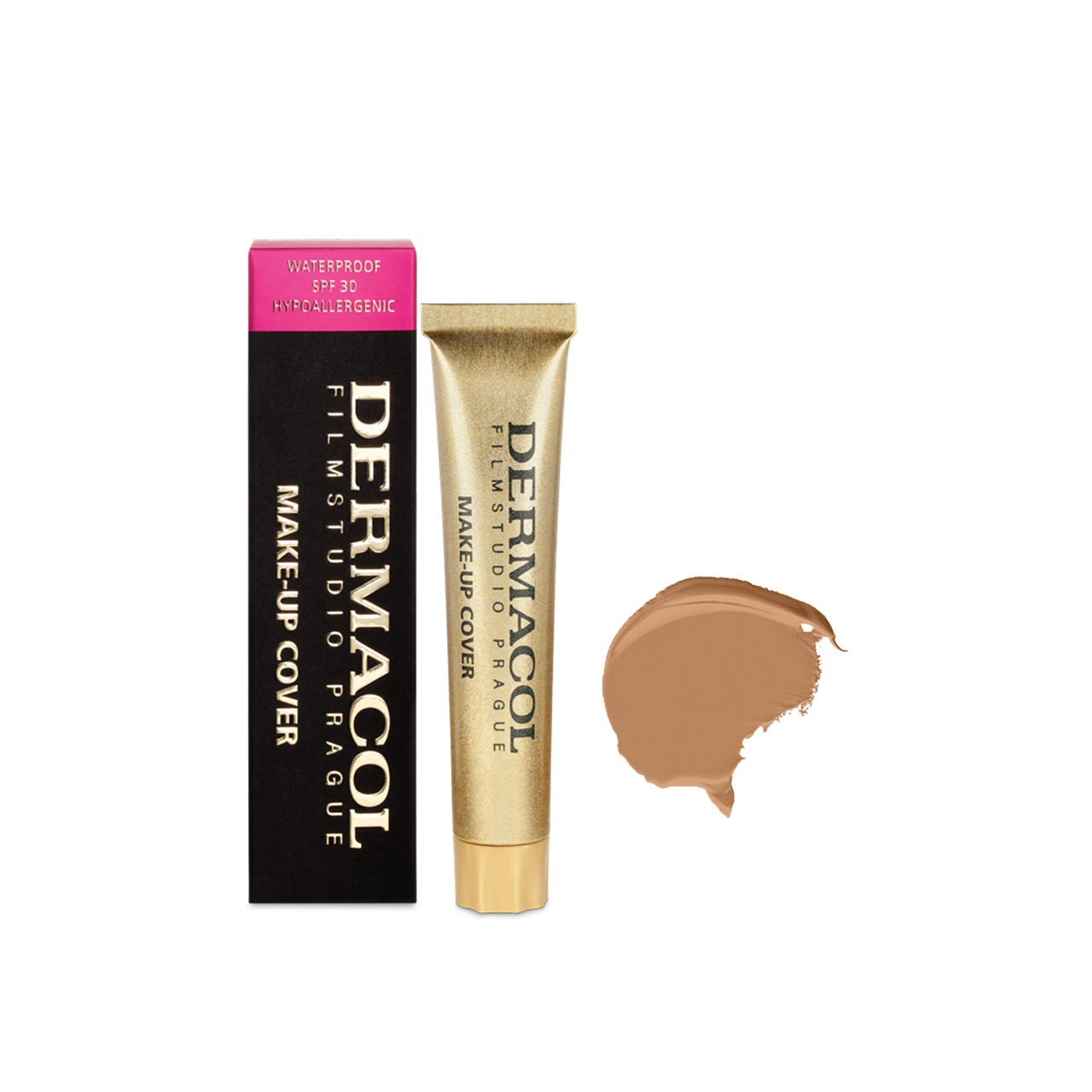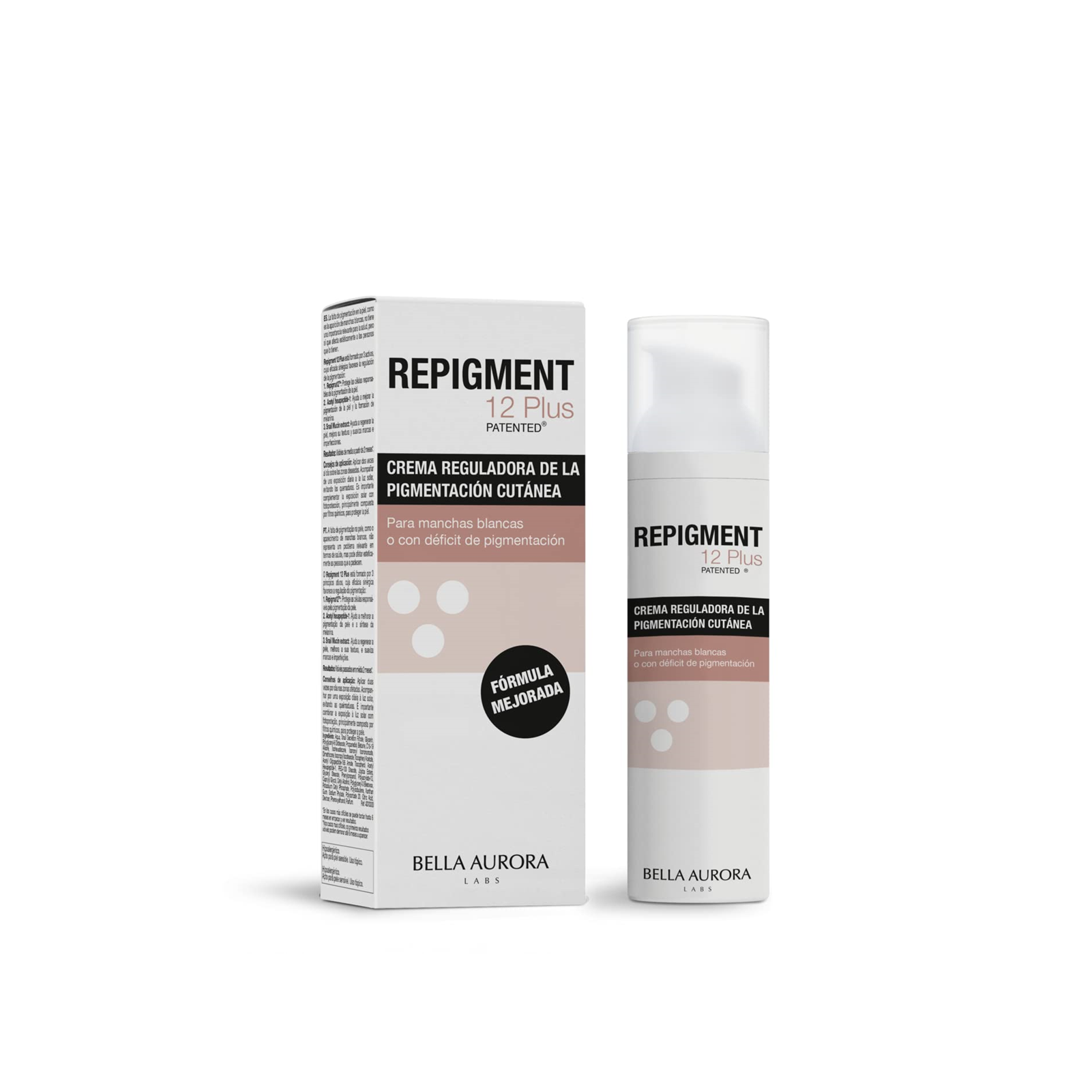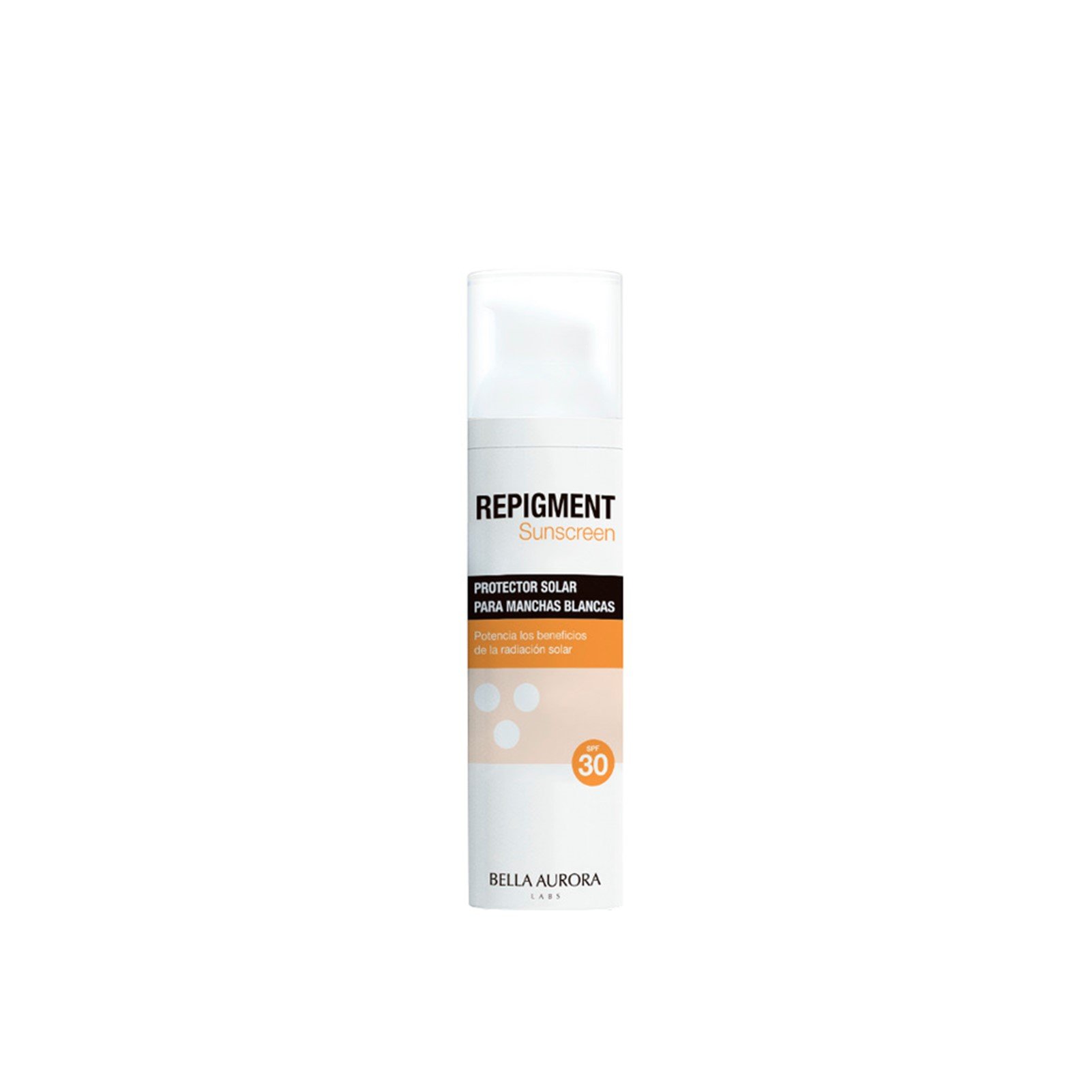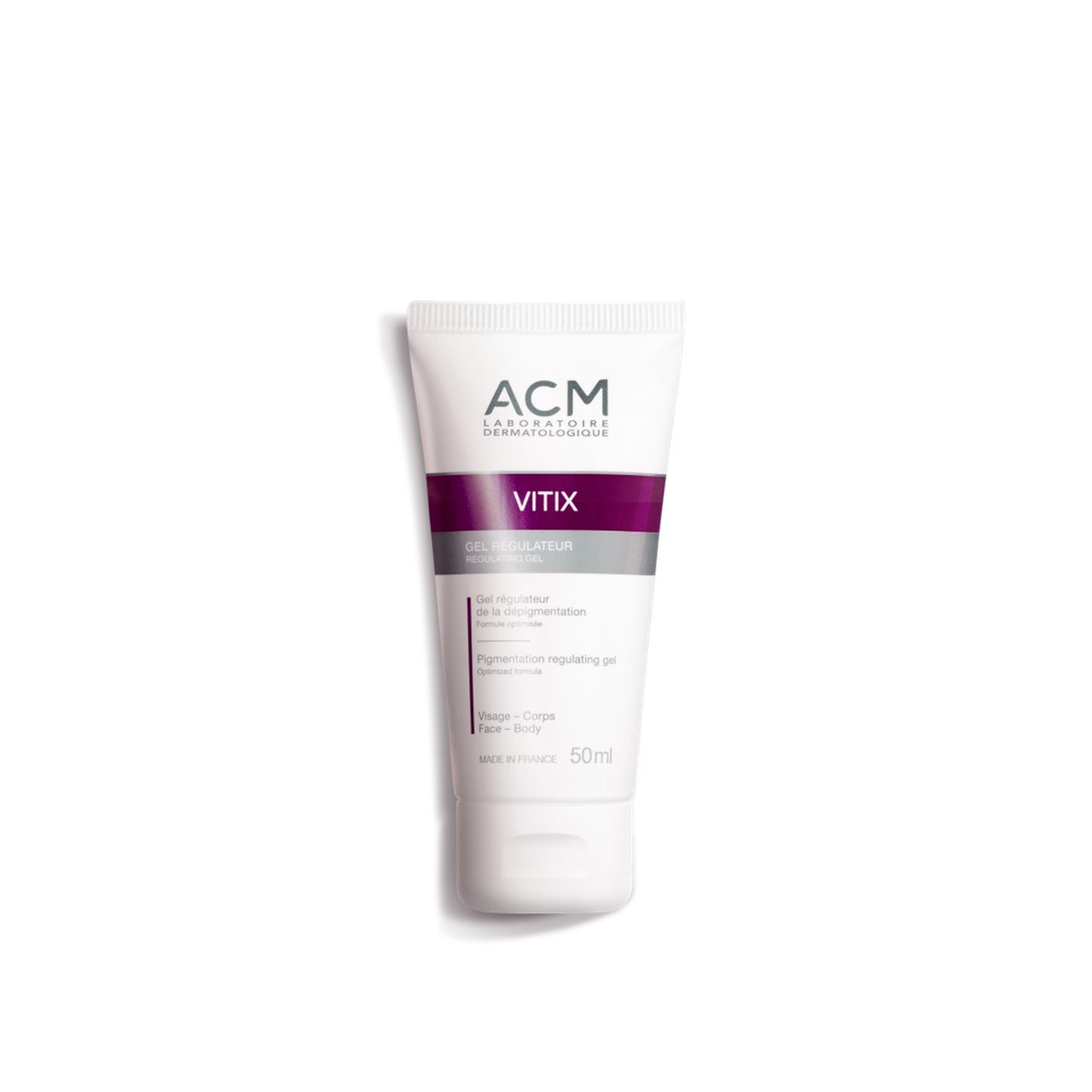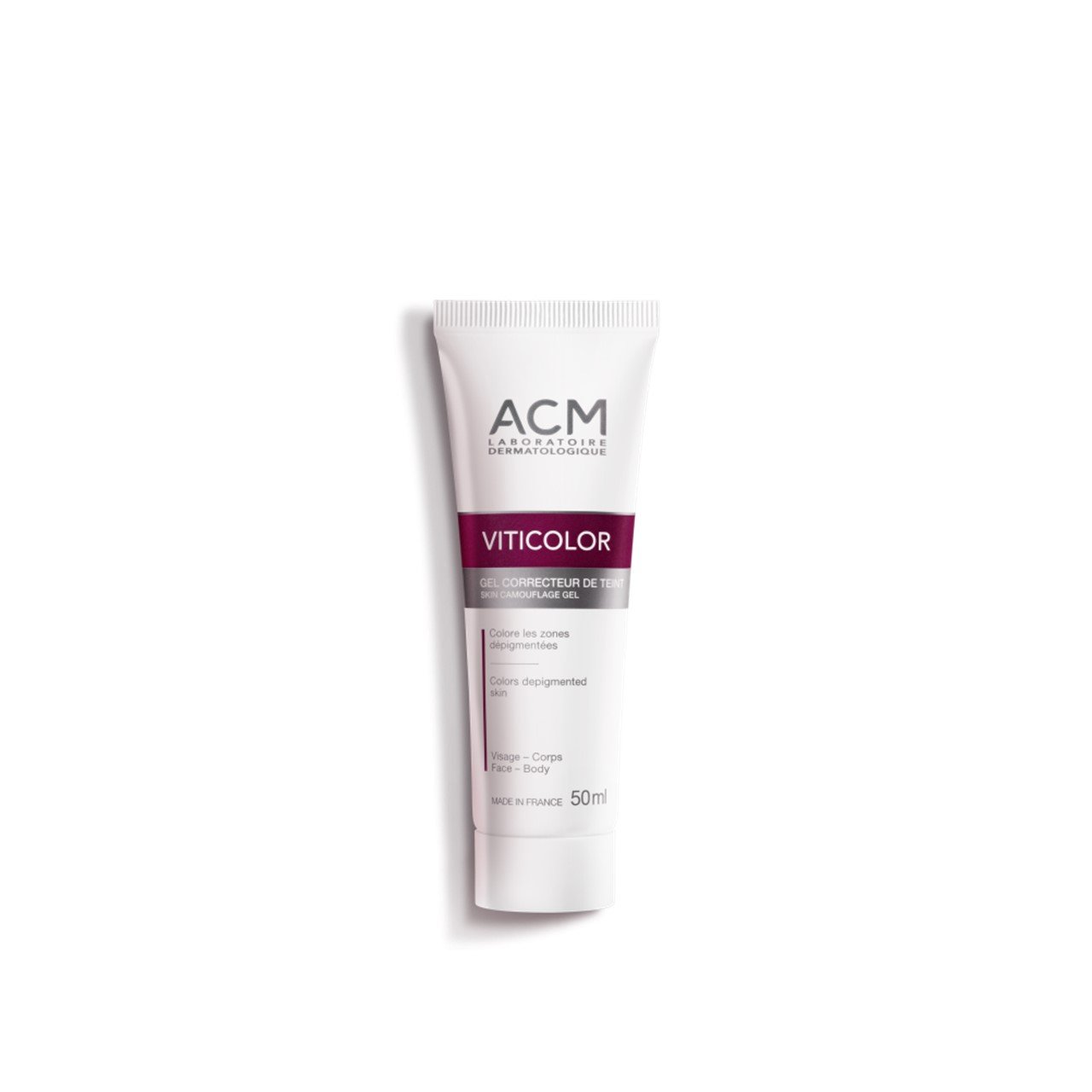
Vitiligo is a skin condition that’s relatively easy to recognize: by causing a loss of pigment in certain areas of the skin, vitiligo causes the appearance of white spots or patches, which then contrast with the rest of the skin tone. In this post, we’re going to learn a little more about this skin condition, and understand how you can best manage it on a daily basis.
On this post:
- What is vitiligo?
- Causes of vitiligo
- Types of vitiligo
- Symptoms of vitiligo
- Dos and don’ts for skin with vitiligo
- Vitiligo skincare
What is vitiligo?
Vitiligo is a chronic skin condition characterized by loss of pigment in well-defined areas of the skin, where white spots or patches eventually develop. Depigmented areas that are smaller than 1cm are called “macules”, and larger areas are called “patches”. Studies suggest these macules or patches tend to appear symmetrically on the body; the most affected areas, at first, seem to be the hands, forearms, feet, and face.
Patches of vitiligo tend to be move noticeable in people with dark skin, but that isn’t to say that vitiligo only affects those with a darker skin tone. According to studies, “vitiligo occurs among people of all races and climates. It is believed that 1-2% of the world’s population is affected. It can occur in all age groups, but in half the patients it occurs before 20 years of age.”
Although vitiligo is not a physically harmful or dangerous condition, it can have a real impact on those who have it, affecting their self-esteem and emotional wellbeing. The disease is, as mentioned earlier, chronic, and has no cure. However, it can be managed with proper monitoring by a dermatologist or healthcare professional.
Causes of vitiligo
The causes of vitiligo are not fully understood, but the condition is currently “recognized as an autoimmune disorder associated with metabolism and oxidative stress, including cellular detaching diseases, as well as hereditary and environmental factors.”
Types of vitiligo
The scientific consensus is that there are two “main” types of vitiligo: nonsegmental vitiligo (NSV) and segmental vitiligo (SV).
Nonsegmental vitiligo is the most common form. It consists of symmetrical lesions that can appear at any age. The course of the the condition can vary, with lesions occurinng progressively during life. This form of vitiligo is often associated with other autoimmune diseases. Depending on location, nonsegmental vitiligo can be classified in a series of sub-types:
- Generalized: discolored patches progress similarly and symmetrically on corresponding body parts;
- Mucosal: mucosal vitiligo affects mucous membranes in the mouth and/or genitals;
- Acrofacial: acrofacial vitiligo affects the skin on the face and hands, and around “openings” such as the eyes, nose and ears;
- Focal: macules develop in a small area and do not progress beyond it for one to two years;
- Universal: the discoloration affects almost the entire surface of the skin.
Segmental vitiligo is a rarer form of the condition. In this form of vitiligo, the patches appear unilaterally (meanly, only on one side of the body). Typically, this type of vitiligo appears at a young age an the lesions progress rapidally for up to two years; after that, they tend to stabilize. In this type of vitiligo, there is no apparent connection with other autoimmune diseases.
Symptoms of vitiligo
The main symptom of vitiligo is the loss of skin pigmentation, which, as we have seen, can occur in small or large patches (macules or patches, respectively), in different areas of the body, and in different distributions and configurations. Vitiligo can affect people of all skin tones, but it tends to be more noticeable in dark-skinned people.
In addition to affecting the skin, vitiligo can also affect the hair and mucous membranes. Regarding the hair, the main effect of vitiligo is that the hair may start to turn white in the areas of the skin affected by depigmentation; this can happen on the scalp and beard, but also on less obvious areas, like the eyebrows, eyelashes, and body hair. Regarding the mucous membranes, vitiligo can cause discoloration in areas such as the mouth, nose or genitals.
Dos and don’ts for skin with vitiligo
If you have vitiligo, there are some things you can do to manage your condition. Here are some tips:
Do this if you have vitiligo
- Use sun protection. The areas of skin affected by vitiligo can be more sensitive to sunlight and, therefore, more vulnerable to sunburn. Choose a broad-spectrum sunscreen with high SPF (we’ll show you a few options, further down this post), and make sure to apply it and re-apply to your face and body before sun exposure;
- Explore the world of camouflage makeup. If you feel self-concious about your vitiligo, there are high-coverage tinted products you can use to unify the appearance of your skin;
- Go for regular check-ups. If you have vitiligo, make sure to stay on top of your dermatologist appointments. This way, your doctor will be able to monitor your condition and offer you any management and treatment options that work for you.
Avoid this if you have vitiligo
Just as there are practices that can help you manage your vitiligo on a daily basis, there are also things you should avoid, such as:
- Excessive sun exposure. As we’ve seen, depigmented areas can be more vulnerable to sunburn, so it’s in your best interest to practice very, very safe sun exposure;
- Skin injuries. Obviously, you can only do so much to avoid small cuts, scrapes, and burns, but it’s worth keeping this in mind. Skin injuries can trigger the appearance of new patches of vitiligo, so do your best to keep your skin safe and sound. Depending on the activities you’re doing, it may be worth wearing gloves or other types of protective clothing.
Vitiligo skincare
Although vitiligo is very difficult to treat, there are skincare products that can help you in the daily management of the condition. We’re going to show you three types: sunscreens, camouflage makeup, and repigmenting skin treatments.
Sunscreen
We’ve already mentioned that sun protection is very important for those who suffer from vitiligo. Areas of skin that are depigmented may be more sensitive to the sun, and this requires extra dedication to sun protection. Therefore, we recommend using sunscreens with very high SPF on both the face and body, whenever you’re going to be exposed to the sun.
Camouflage makeup
If you have vitiligo patches on your face and you want to even them out, you can resort to camouflage makeup. Camouflage makeup is a term that describes very high coverage makeup products designed to conceal skin imperfections and even out the skin tone. It can be used to cover vitiligo patches, but it’s also very useful for those looking to cover scars, birthmarks, or acne breakouts.
Treatment creams
If what you’re looking for is a skincare product that helps you repigment vitiligo patches, we have good news and bad news. The good news is that these products doexist. The bad news is that the success of these products is dependent on a series of factors that can be difficult to control: among them, the “responsiveness”, in the depigmented areas, of the skin cells that produce pigment.
According to studies, “vitiligo recovery depends on a viable melanocyte reservoir and in many patients with vitiligo repigmentation is possible when pigment cells are stimulated with appropriate topical or oral medications. Nevertheless, when pigment cells are completely destroyed, melanocyte transplantation may the best therapeutic approach.”
Bella Aurora is one of the skincare brands that offer treatment creams for vitiligo. The brand’s repigmenting program features two products that must be used in combination with phototherapy (a fancy way of saying “controlled sun exposure”). While the cream helps stabilize the melanocytes in order to promote repigmentation, the sunscreen enhances the benefits of solar radiation on the hypopigmented areas. In combination with sun exposure, this program helps the skin to start recovering its natural tone. To promote the best possible results, the brand recommendes that the treatment is monitored by a healthcare professional.
Another brand, ACM, offers two topical products designed for vitiligo. The first is the Vitix Regulating Gel, a daily use gel that stimulates repigmentation in depigmented areas and helps the skin recover a more even tone. The second option is Viticolor, a camouflage gel that combines the effects of a foundation with the effects of a self-tanner. The formula contains pigments that give an immediate color to the skin, as well as DHA, a self-tanning active that provides a deeper and longer-lasting color.
Last but not least, we can also talk about the Sesderma Vitises and Sesderma Fenalderm ranges, designed especially for skin affected by vitiligo. The Sesderma Vitises Gel Hypopigmented Skin is a daily care product that helps to normalize the ability of melanocytes to synthesize melanin. It should be applied to hypopigmented areas twice a day, with or without sun exposure. Conversely, the Sesderma Vitises KT Lotion is a product that actively stimulates melanin synthesis during sun exposure. The use of the product must be accompanied by responsible sun exposure, which can increase gradually as the skin becomes accustomed to the sun. The last product in this “range” is Sesderma Fenalderm Food Supplement, a supplement for hypopigmented skin that stimulates melanin synthesis. The product promotes tanning, so it only makes sense to use it in combination with sun exposure.
We hope this post has helped you better understand the causes, triggers and manifestations of vitiligo. As always, we recommend that you consult your doctor if you have any doubts about your specific case; in the meantime, don’t forget to wear your sunscreen!
Beauty Writer & Editor


